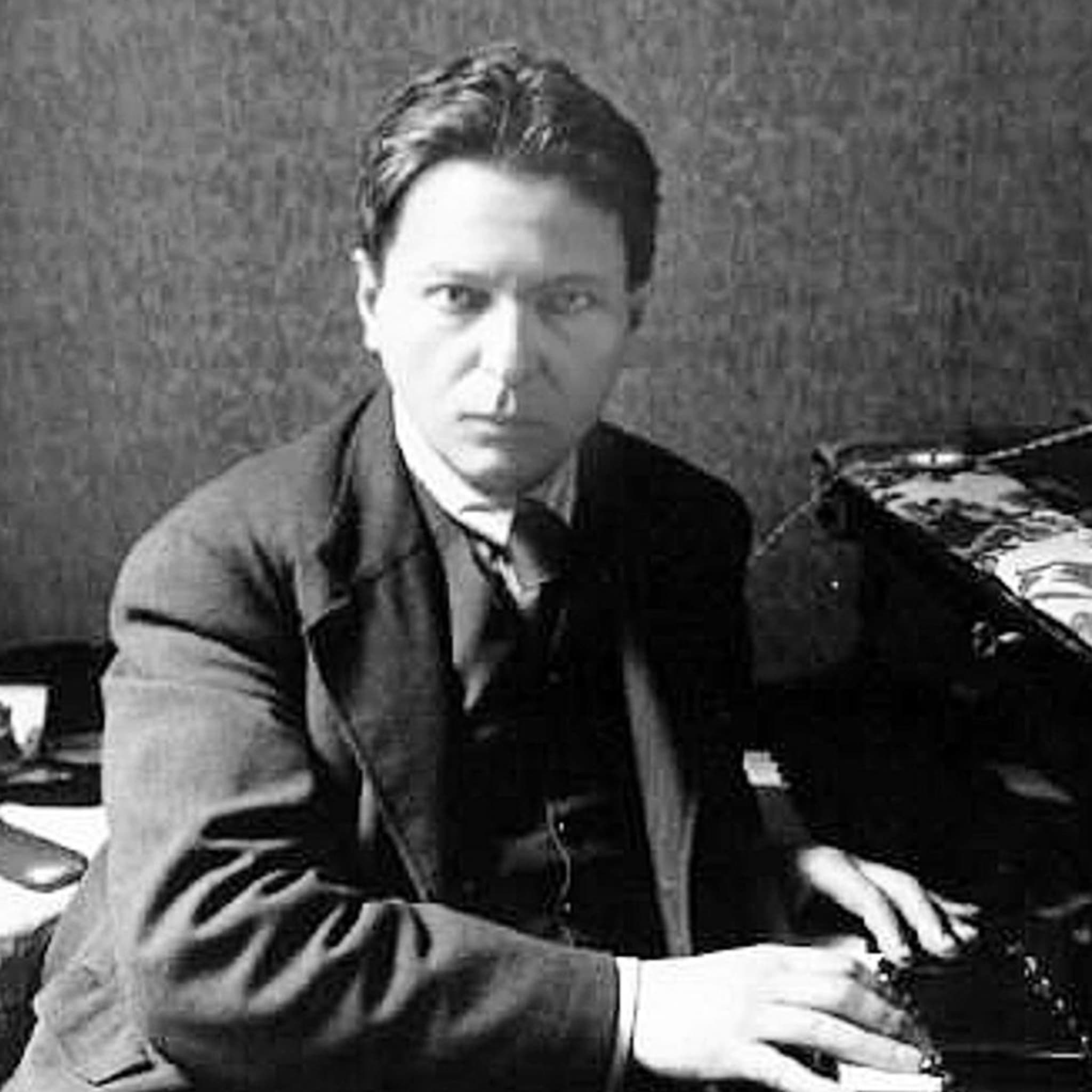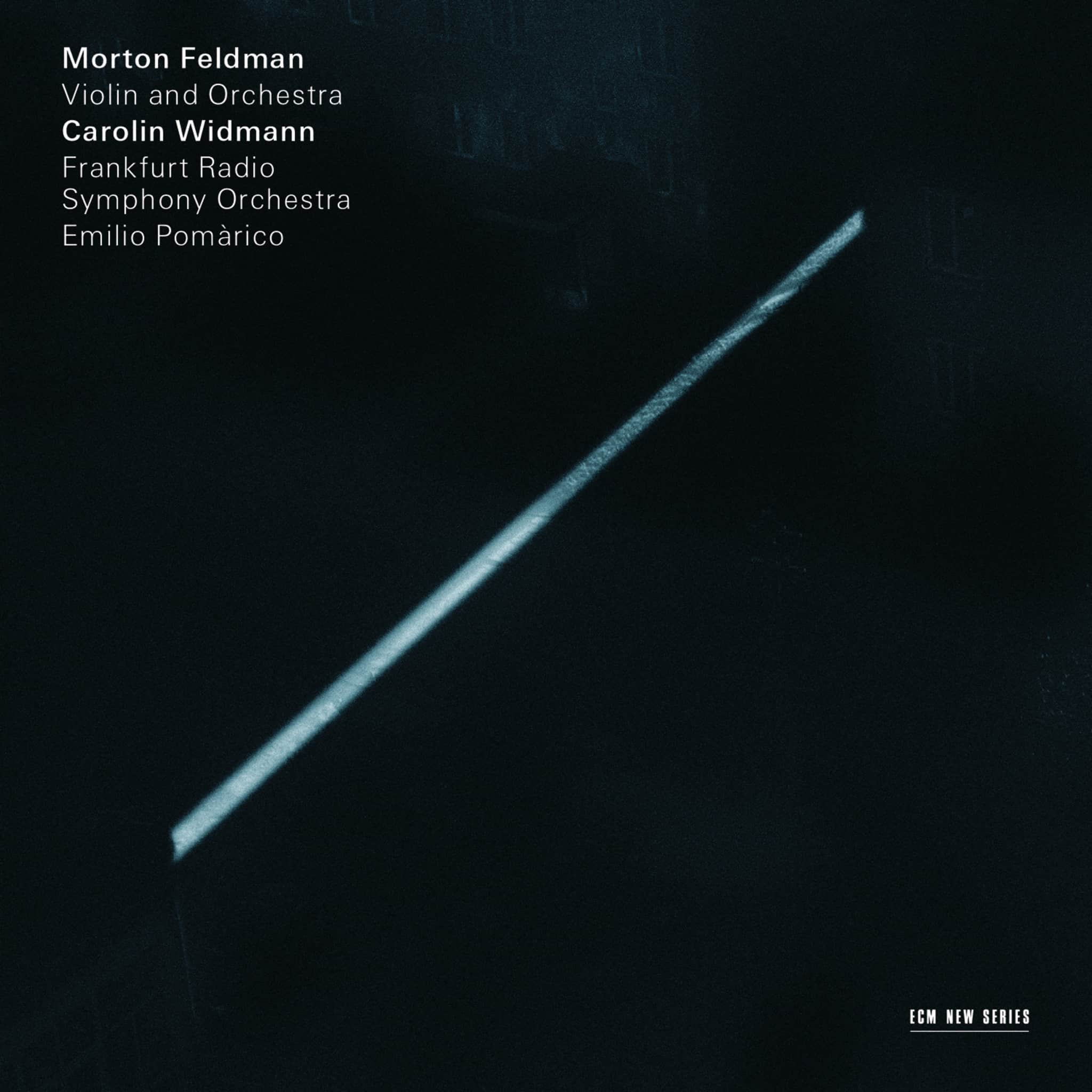Album insights
Stanford's extensive catalog of chamber works indicates his appreciation for the medium. Not only valued for its intimacy, chamber music also presents intellectual challenges for the creative artist. One of Stanford's early pieces, an unpublished G major piano trio, emerged during his Leipzig studies in late 1874 and debuted in March 1875 at a Cambridge University Musical Society chamber concert. This marked a significant step in Stanford's composition career. Chamber music, with its lower demands compared to orchestral settings, provided young composers like Stanford more opportunities for performance. As a skilled pianist, Stanford could actively engage in executing his works, augmenting his creative process. Upon completing studies in Germany, Stanford returned to Cambridge in 1877 brimming with creative energy. This period saw his output of operatic, symphonic, and chamber works. His admiration for Schumann combined with the guidance of his Berlin mentor, Friedrich Kiel, ushered in a new era of creative assurance. Stanford gained recognition with performances of his works by esteemed artists like Robert Hausmann and Ludwig Straus. Collaborating with virtuosos not only enhanced his reputation but also allowed him to showcase his works personally.
Two years later, in April 1879, Stanford dedicated his F major Piano Quartet No. 1, Op. 15, to the opera impresario Ernst Frank. This quartet premiered at Hans Richter’s "Festival Concerts," emphasizing chamber music and songs. The reception and prestige garnered from its London performance elevated Stanford's ambitions, leading him to embark on composing his grandest chamber work to date: the Piano Quintet in D minor, Op. 25. Completed in early March 1886, this quintet captured the attention of Joseph Joachim and was a significant nod to his mentor. The work’s narrative arc, alternating between minor and major keys, evoked a journey from introspection to exuberance, echoing the heroic expressions of Schumann and Brahms. Stanford's quintet featured intricate melodic interplay, offering a glimpse into his evolving symphonic style.
Stanford's chamber music output expanded with compositions for renowned figures like Hans von Bülow and Alfredo Piatti. Works like his String Quartets Op. 44 and Op. 45 revealed a maturing composer exploring diverse influences. Stanford’s commitment to chamber music flourished with his String Quintets Op. 85 and Op. 86, planned for premieres by Joachim and his quartet. These compositions reflected the culmination of Stanford's melodic richness and orchestral aspirations in a chamber music setting, establishing his legacy in British musical annals.






